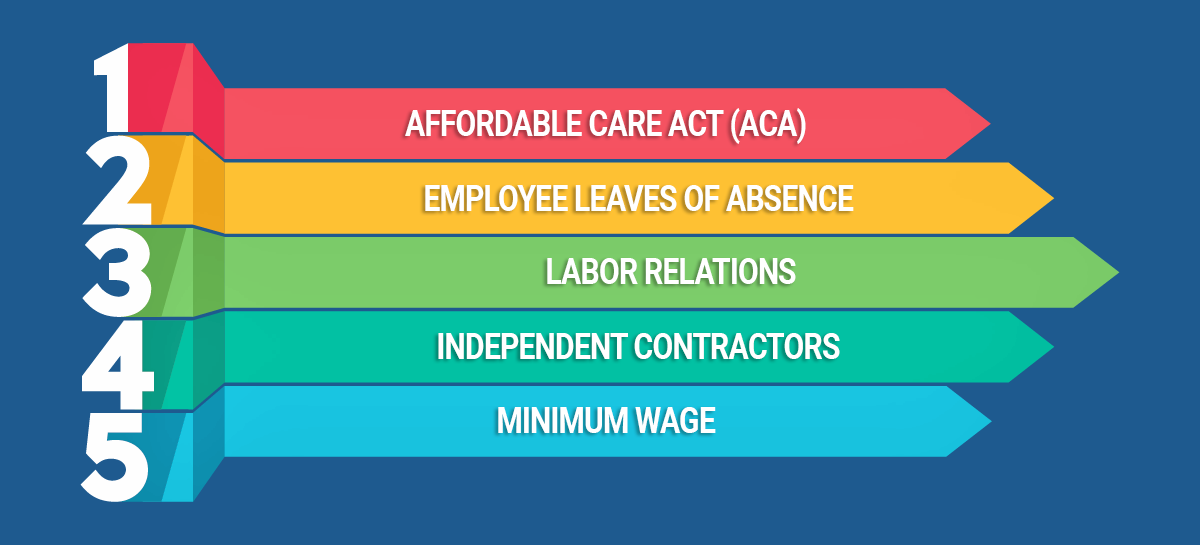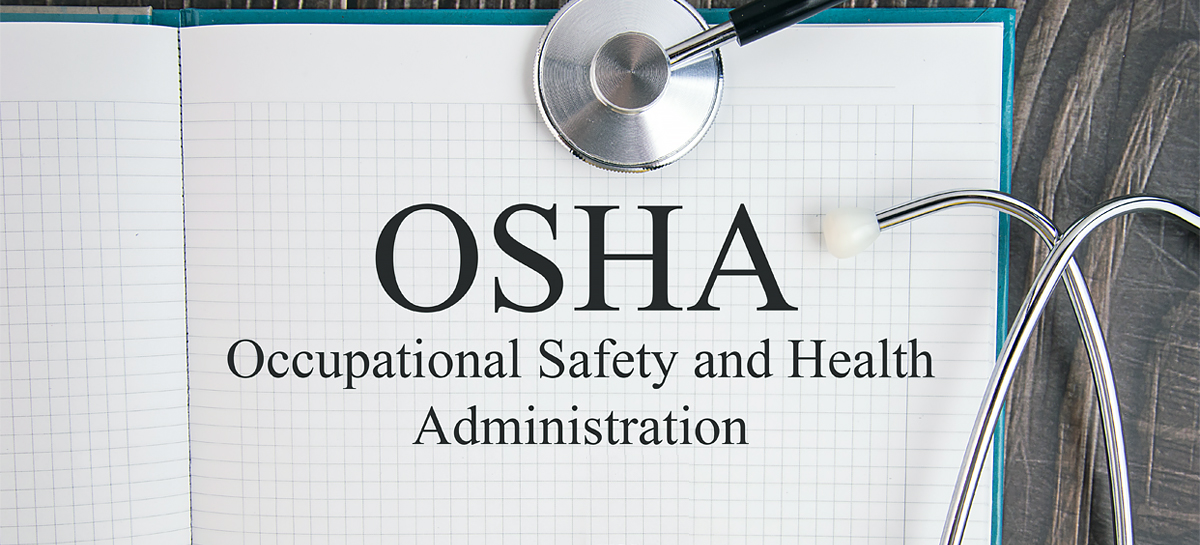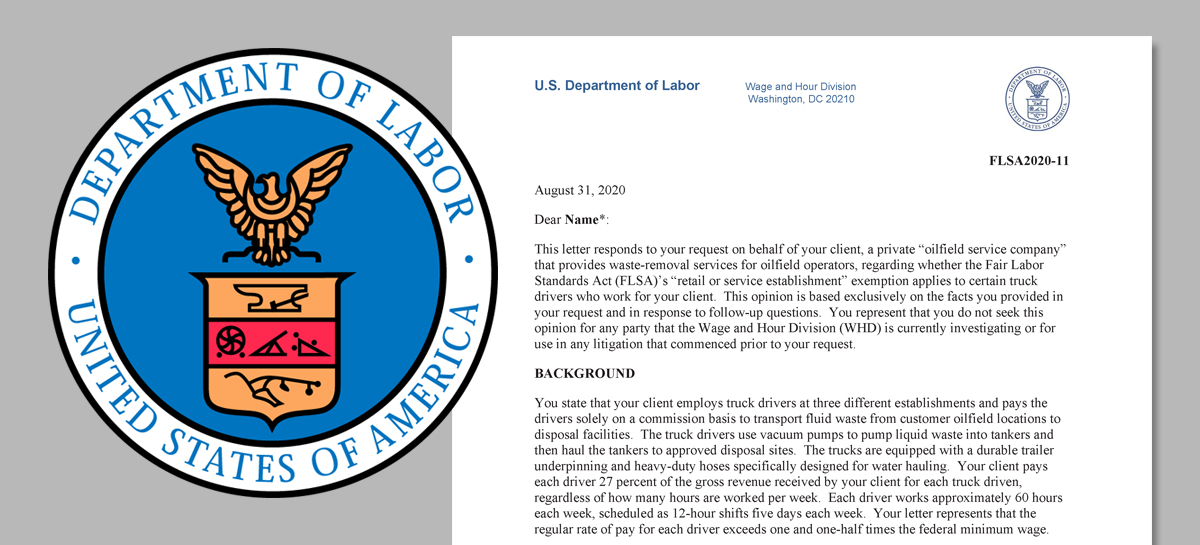
An employee’s well-being is defined by various factors, both inside and outside of work—including physical, mental, social and financial well-being. Overall well-being is something that employees desire but can be challenging to achieve. Not only can employees who achieve well-being thrive in their personal and professional lives—they offer immense benefits to organizations.
The good news for employers is that the efforts they take to ensure employee well-being can not only help their employees and their bottom line, but are also very attainable. A Harvard Business Review survey found that 95% of employees feel that their organization has at least some control over employee well-being, with 38% reporting that they feel their organization has a high degree of control.
In response to the coronavirus pandemic, many employers find themselves revamping their remote work arrangements. According to a study from PwC, 55% of executives plan to have employees work remotely at least one day a week post-coronavirus. Likewise, the same survey found that 72% of employees would prefer to work from home at least two days a week. While some employees may desire to go back-and-forth between an on-site and remote location, 32% of employees reported that they would prefer to work entirely remotely. That means that, as leaders plan to achieve a high level of employee well-being, remote employees should be accounted for.








